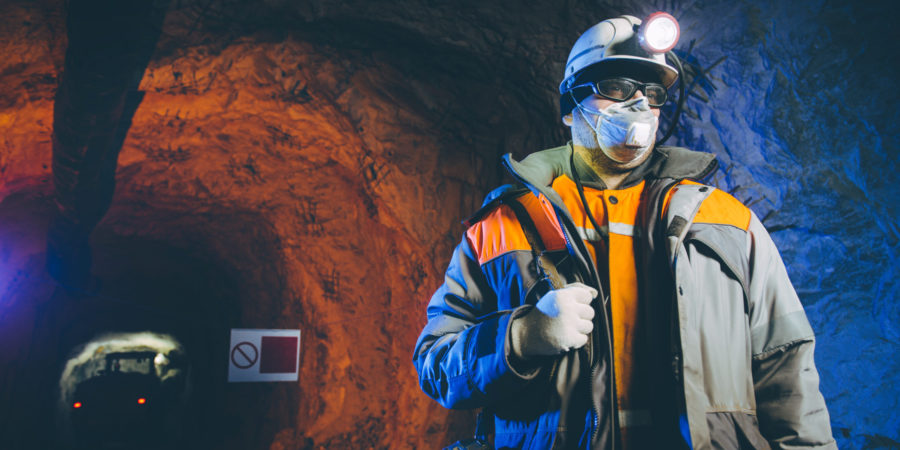Staff Writer | April 17, 2024 | 3:13 pm Careers Education Suppliers & Equipment USA Coal
 Stock image.
Stock image.The US Department of Labor announced Tuesday that its Mine Safety and Health Administration (MSHA) has issued a final rule to better protect the nation’s miners from health hazards associated with exposure to respirable crystalline silica, also known as silica dust or quartz dust.

The final rule lowers the permissible exposure limit of respirable crystalline silica to 50 micrograms per cubic meter of air for a full-shift exposure, calculated as an 8-hour time-weighted average.
If a miner’s exposure exceeds the limit, the final rule requires mine operators to take immediate corrective actions to come into compliance.
“It is unconscionable that our nation’s miners have worked without adequate protection from silica dust despite it being a known health hazard for decades,” Acting Secretary Julie Su said in a media statement.
“Today, the Department of Labor has taken an important action to finally reduce miners’ exposure to toxic silica dust and protect them from suffering from preventable diseases,” she said.
The rule also requires mine operators to use engineering controls to prevent overexposures to silica dust and use dust samplings and environmental evaluations to monitor exposures.
It also compels metal and non-metal mine operators to establish medical surveillance programs to provide periodic health examinations at no cost to miners. The exams are similar to the medical surveillance programs available to coal miners under existing standards.
The final rule also replaces an outdated standard for respiratory protection with a new standard reflecting the latest advances in respiratory protection and practices. This update will better protect miners against airborne hazards, including silica dust, diesel particulate matter, asbestos and other contaminants.
Inhalation of respirable crystalline silica, a carcinogen, can cause serious lung and other diseases, such as silicosis, lung cancer, progressive massive fibrosis, chronic bronchitis and kidney disease.
Exposure to mixed coal mine dust containing respirable crystalline silica can lead to the development of black lung disease and progressive massive fibrosis. These diseases are irreversible and can be fatal. They are also preventable.
The rule will result in an estimated total of 1,067 lifetime avoided deaths and 3,746 lifetime avoided cases of silica-related illnesses, MSHA estimates.
No comments:
Post a Comment